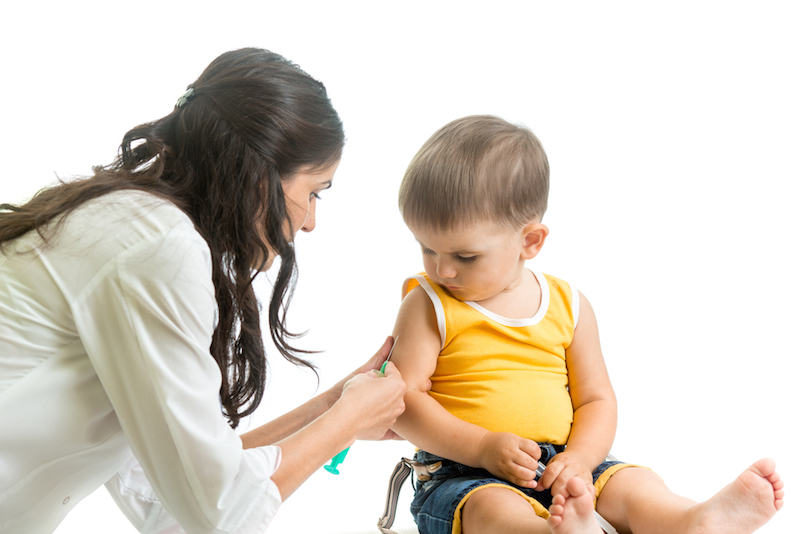9 Million US Kids at Risk for Measles

SAN DIEGO – About 9 million U.S. children are susceptible to measles, either because they haven't received the vaccine against the viral disease or because they aren't up to date with their shots, a new study shows.
The findings suggest that although enough people are vaccinated to prevent measles from spreading widely in the United States, there could still be large outbreaks of the disease, due to clusters of unvaccinated children, the researchers said.
"We can't get complacent" about vaccinating kids against the measles, said study researcher Robert Bednarczyk, an assistant professor of global health at Emory University in Atlanta. Bednarczyk presented the findings here today at IDWeek 2015, a meeting of several organizations focused on infectious diseases. "We don't have a very wide buffer before these population-immunity estimates start dipping" below the levels needed to prevent wide transmission of the virus, Bednarczyk said.
Some parents may avoid or delay vaccinating their children due to concerns about the safety of the vaccine or about giving too many vaccines at once. However, "the vaccine is very safe," Bednarczyk said.
In contrast, "not vaccinating is highly risky" and leaves those children and other people vulnerable to a serious illness that can cause many complications, Bednarczyk said.
In the new study, researchers analyzed national vaccination data for U.S. children from 2013 to 2014. In order to be considered protected against measles, children had to be vaccinated on time, meaning they received one shot of the measles, mumps and rubella (MMR) vaccine at ages 12 to 15 months, and a second shot when they were 4 to 6 years old.
Overall, 12.5 percent of U.S. children, or 8.7 million kids, are not fully protected against measles, the researchers found. About one-quarter of children ages 3 or younger are susceptible to measles, and about 5 percent of 17-year-olds have never received any doses of the vaccine, the researchers found. [5 Dangerous Vaccination Myths]
Sign up for the Live Science daily newsletter now
Get the world’s most fascinating discoveries delivered straight to your inbox.
Some children can't be vaccinated, due to medical reasons; for example, they may have an immune system condition that prevents them from responding properly to the vaccine. Other children are too young to be vaccinated; the study estimated that around 2 million U.S. children are susceptible to measles because they are less than 1 year old. However, the researchers assumed in their study that infants ages 6 months or younger have some level of measles protection from their mother's antibodies.
Measles is highly contagious, and researchers estimate that about 92 to 94 percent of the population needs to be vaccinated in order to prevent widespread transmission of the disease. Right now, the U.S. measles vaccination rate is around this level, but if it drops any further, it's possible that measles outbreaks could lead to widespread illness, the researchers said.
Measles can cause dangerous complications, including pneumonia and brain inflammation, and about one-quarter of children who get the disease need to be hospitalized.
So far this year, there have been 189 cases of measles in 18 states. Most of these cases occurred as part of a larger outbreak that began in Disneyland in January.
"It is frustrating to admit children to hospitals with a disease that is very preventable," said Dr. Matthew Zahn, medical director of epidemiology at Orange County Health Care Agency in California. Zahn's county experienced 35 cases of measles during the outbreak. "It is sobering to recognize that one exposure event can cause so many public health ripples around the country," he said.
Follow Rachael Rettner @RachaelRettner. FollowLive Science @livescience, Facebook& Google+. Original article on Live Science.

Rachael is a Live Science contributor, and was a former channel editor and senior writer for Live Science between 2010 and 2022. She has a master's degree in journalism from New York University's Science, Health and Environmental Reporting Program. She also holds a B.S. in molecular biology and an M.S. in biology from the University of California, San Diego. Her work has appeared in Scienceline, The Washington Post and Scientific American.










